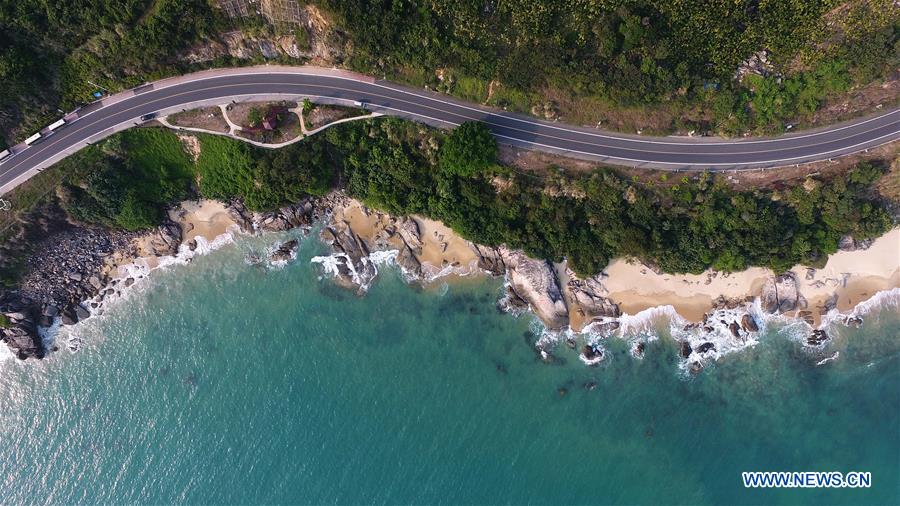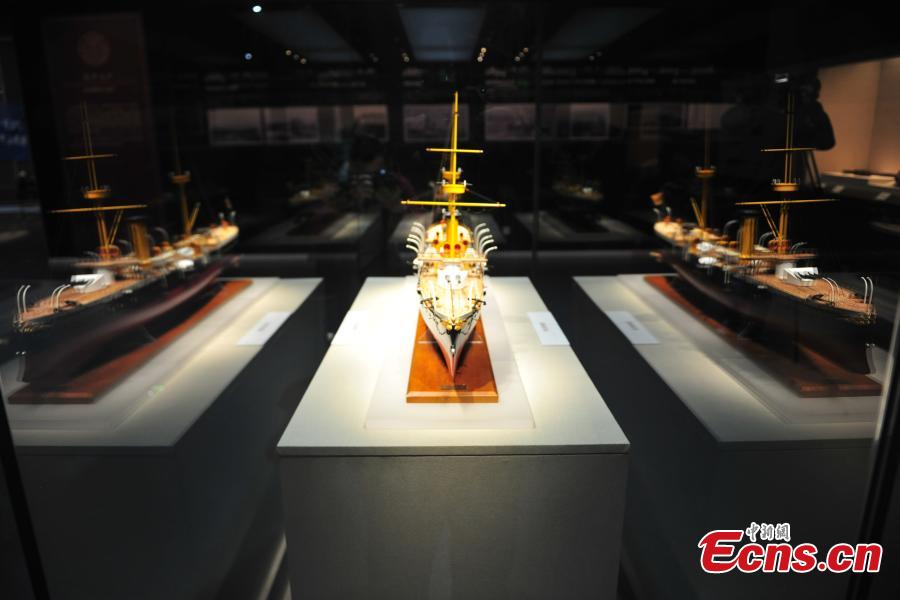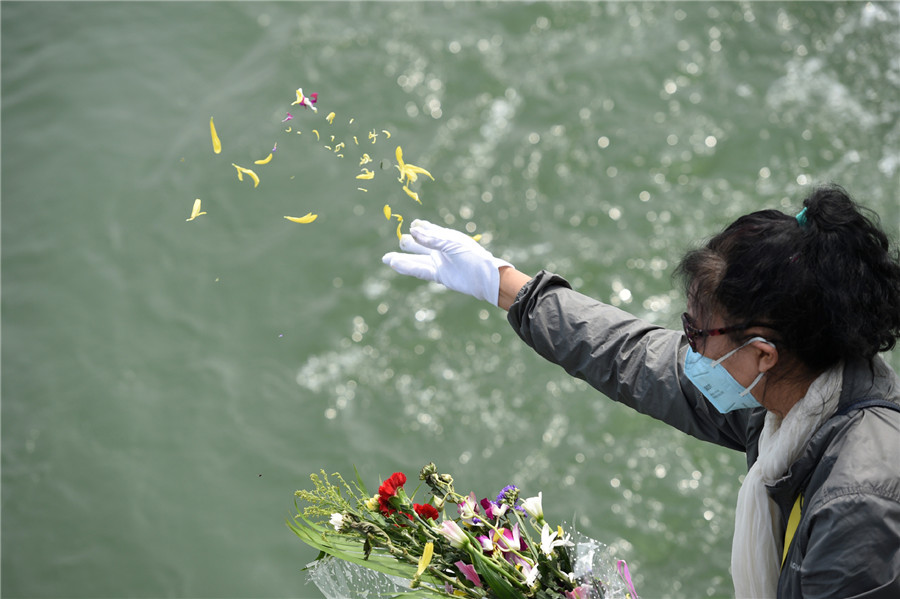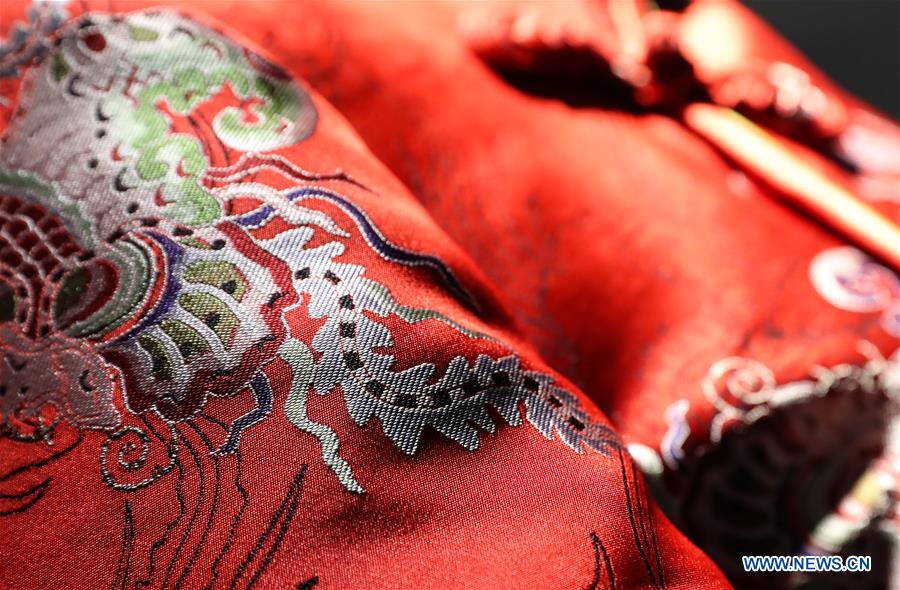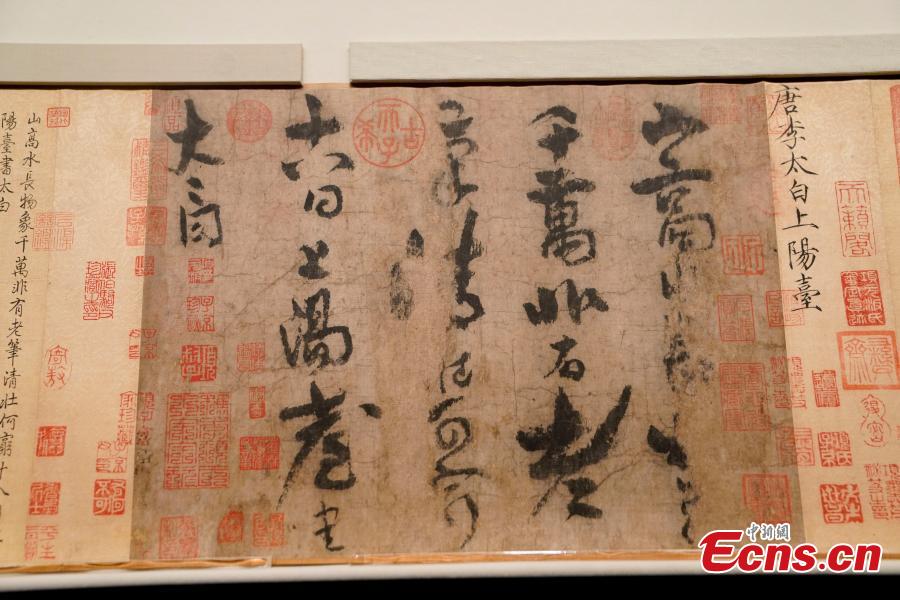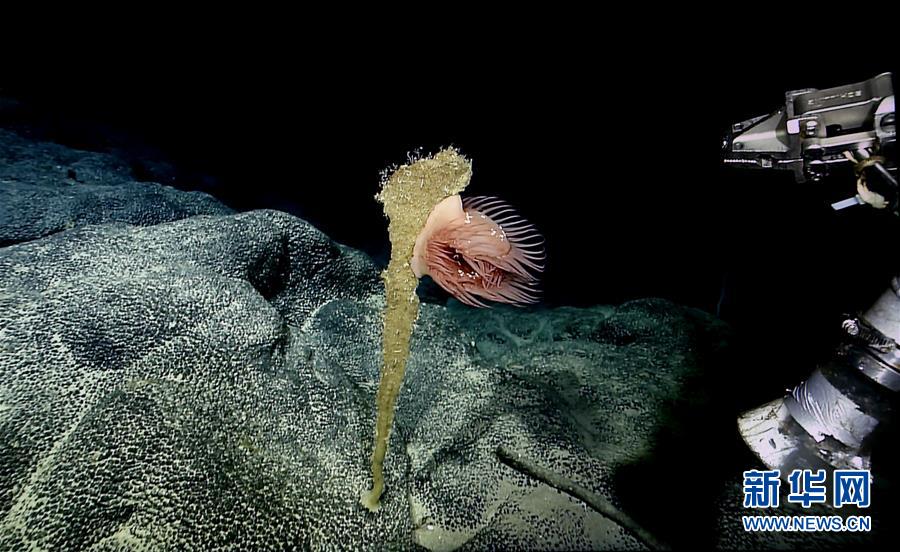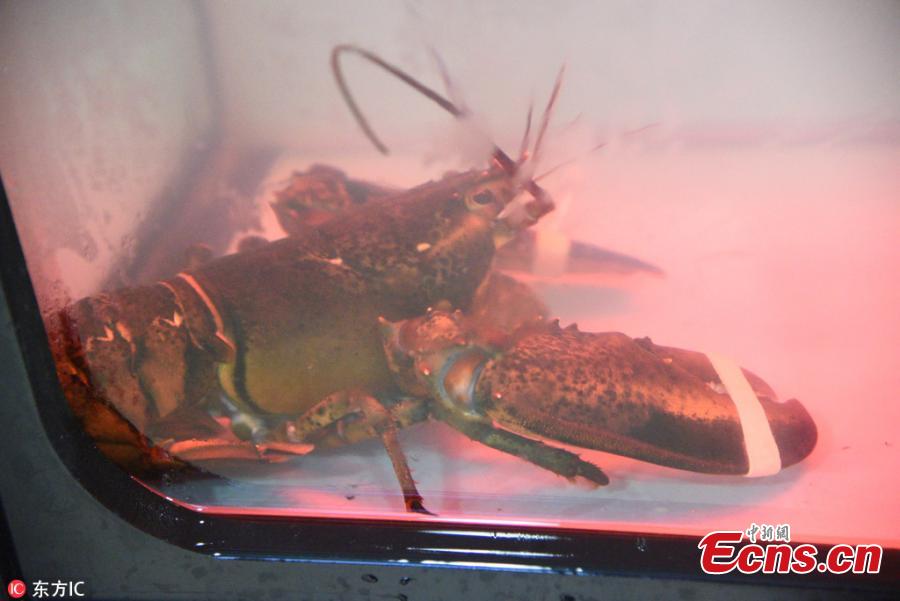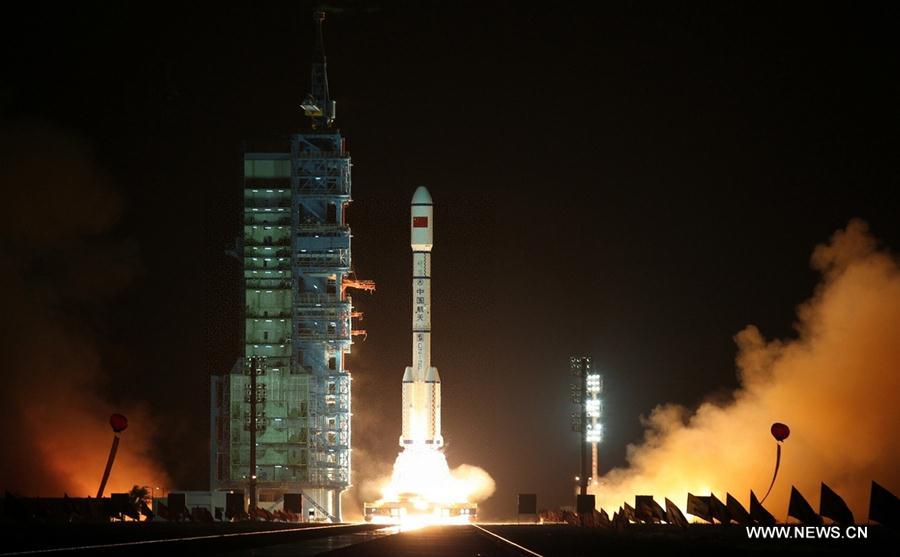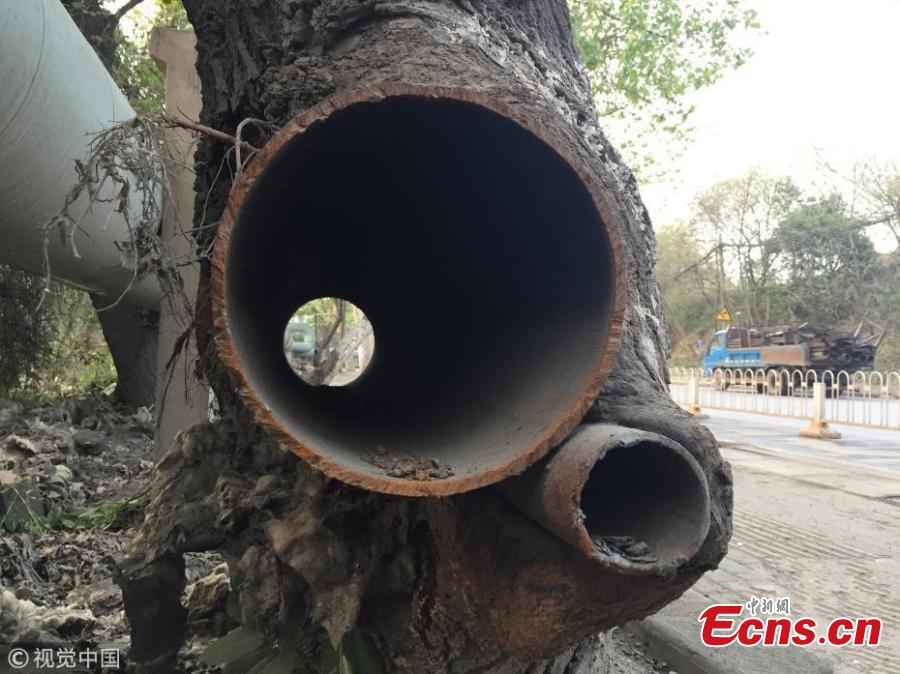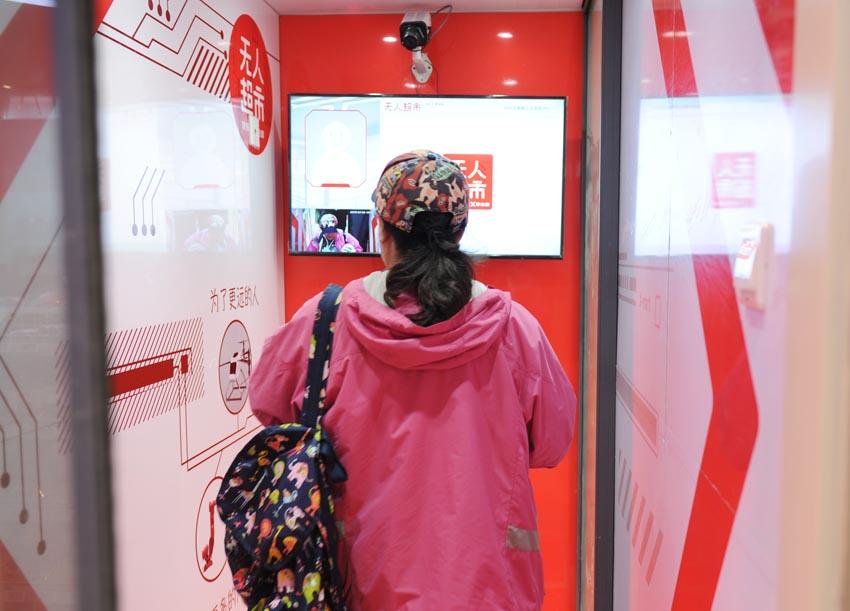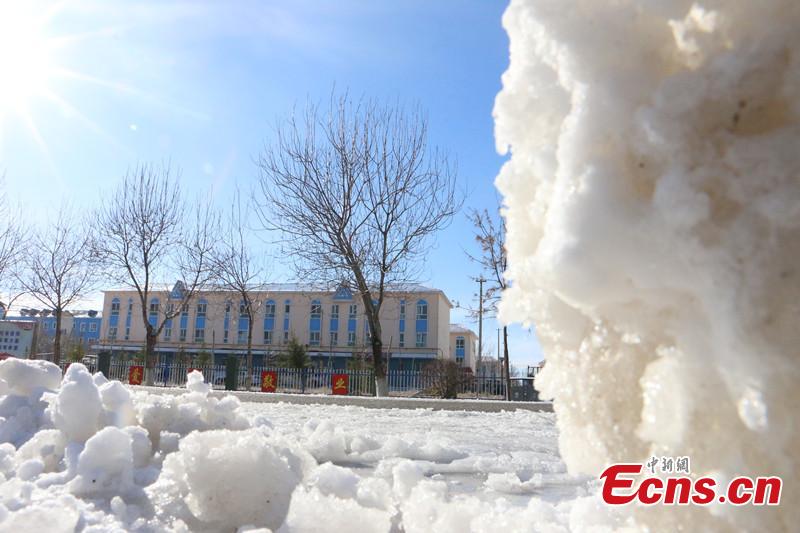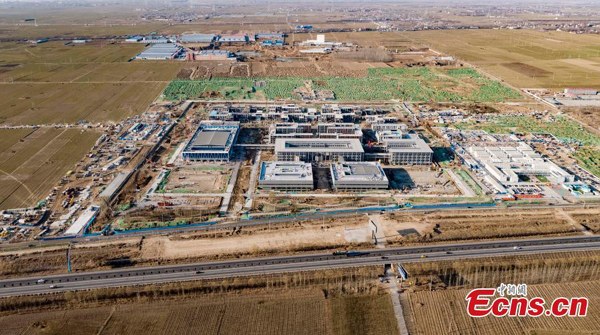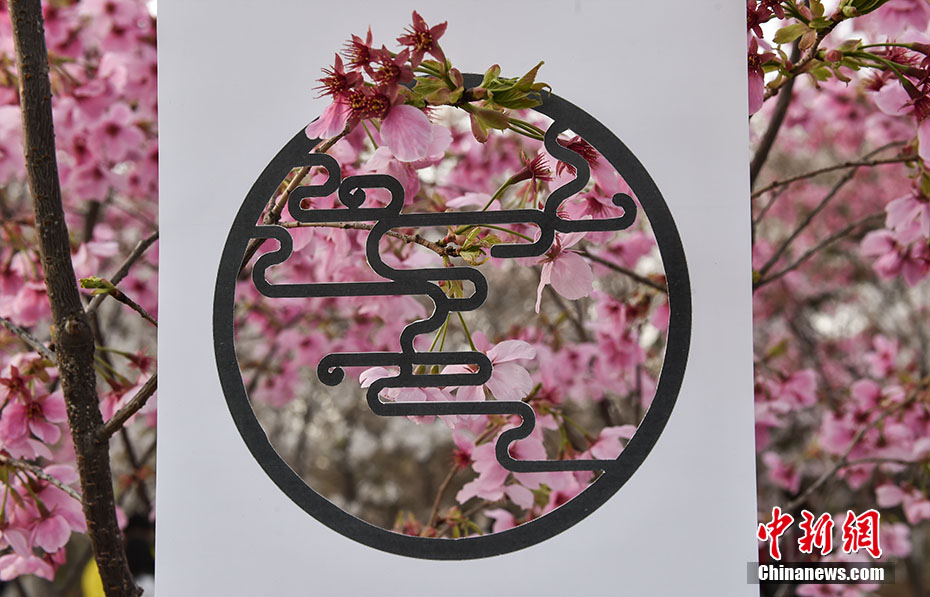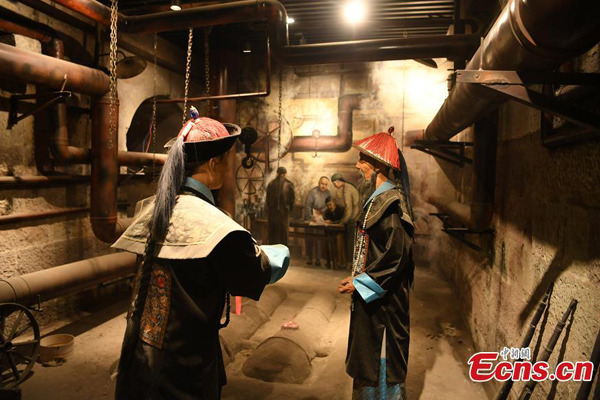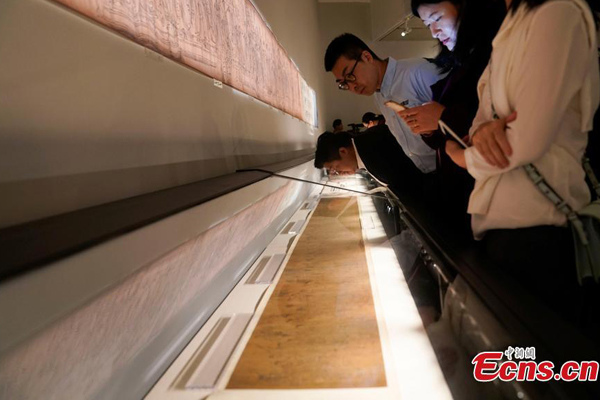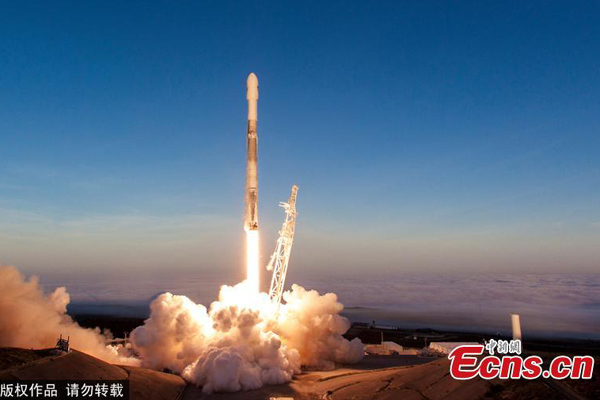Chinese shipbuilders are outperforming their South Korean rivals in constructing high-end mega-containerships after further sharpening their manufacturing edge and grasping a larger share of the global market.
Shanghai Waigaoqiao Shipbuilding Co confirmed on Tuesday that the company and Hudong-Zhonghua Shipbuilding (Group) Co, another Shanghai-based shipyard, together have received a letter of intent from the French group CMACGM SA for nine vessels capable of transporting 22,000 twenty-foot-equivalent-unit containers-the largest carrying capacity in the world.
However, the final order is subject to board approval from both sides.
"The 22,000 TEU-containership will become the world's largest of its kind once completed, outsizing the current leader, a 21,413-TEU containership made in South Korea. It really is an industrial breakthrough of decades," said Dong Liwan, a shipbuilding industry researcher at Shanghai Maritime University.
Shipbuilders in China received orders for new vessels with a collective capacity of 8.14 million dead weight metric tons in the first half of 2017, accounting for 31.4 percent of the global market. South Korea's shipbuilding industry held a 30.6 percent share, data from Beijing-based China Association of the National Shipbuilding Industry show.
Dong said it is first time Chinese shipyards have topped their South Korean counterparts in the high-value-added mega-containership sector, and the shipbuilding industry as a whole. With the high-profile order of the world largest container vessels falling into Chinese companies' pocket, the South Korean competitors will definitely feel the pain, he said.
"Once the deal is sealed up sooner or later, the French ship owner may choose dual-fuel engines or engines that only consume liquefied natural gas to meet international demands for cutting carbon emissions," said Zhang Xueling, a researcher at the Shanghai Ship and Shipping Research Institute.
Zhang predicted that each ship will cost $160 million to build and the service life can reach 25 to 30 years.
Denmark's Maersk Line ordered 10 container ships designed to carry 18,000 TEUs from Daewoo Shipbuilding and Marine Engineering Co Ltd in South Korea in 2011. Each vessel cost $185 million.
"Major Chinese shipyards and heavy industry manufacturers are keen to acquire European and US maritime design and research firms, because this is a big part of their tactics to gain high-end technologies to produce core components and compete with South Korean companies," said Jin Peng, secretary-general of the CANSI.
Jin said supersized container ships mean lower freight rates and more business opportunities, and fuel-guzzling, high-maintenance container vessels are no longer required.
Eager to enhance its earning ability, CMA-CGM is gearing up plans to offer a wider range of services in China, with more trading companies keen to move to emerging markets and to benefit from booming bilateral trade, preferential trade tariffs and investment opportunities.









